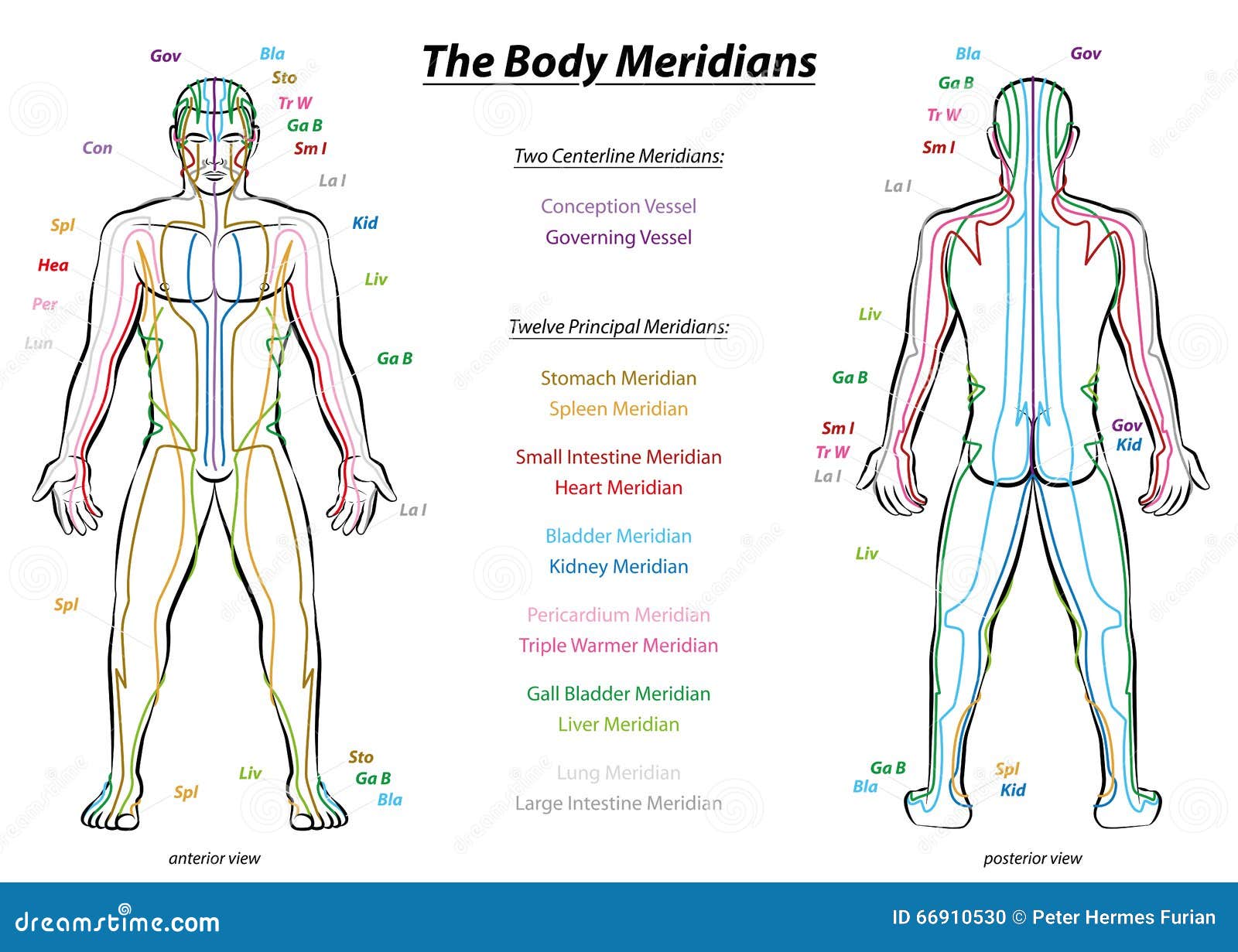If you are like me, you’re probably wondering why your neck hurts all the time. Well, I have the answer! And, it’s probably in your hand right now. It’s your phone. What does your phone have to do with your neck?! Keep, reading and I will explain it all to you.
The proper medical term is cervical strain with cervicalgia. The medical definition is neck pain and damage sustained from frequent neck tilt at 30 degrees or greater for extended amounts of time. The common term used by many chiropractors to describe this phenomenon is “text neck”.
So, why is this being hailed as a phenomenon? Studies show that 79% of people aged 18-44 have a wireless device in their hands 90% of the time they are awake. This means that ALOT of people are staring DOWN at their phones ALL THE TIME.
Text neck commonly causes neck pain and soreness, upper back pain, muscle spasms, shoulder pain and possibly pinched nerves. These symptoms are the result of your head being tilted more than 15 degrees for an extended amount of time.. According to the image below, the more your head tilts forward, the more pounds of pressure your head places on your spine. At just 15 degrees, the weight of your head more than doubles!

This can easily be prevented by taking just a few easy steps to correct the problem. First, hold your phone at eye level. It might feel a little awkward at first, but at the end of the day your neck will thank you. Second, if you continue to look down, be mindful of the position (no more than 15 degrees), and take frequent breaks from looking down.
If you suffer from constant neck pain, you can seek treatment to ease your pain. One or a combination of the following services are used to align the spine, relieve pain, and strengthen the core and neck muscles:
- chiropractic
- massage therapy
- acupuncture
- heat and ice therapies
- EMS
- physical therapy
You can check out a video that can tell you more about neck strain by clicking here.
If you are suffering from neck pain, please call the office at (304) 263-4927 today to schedule an appointment.
![]() J.D. Jones, Blogger, Chambers Chiropractic and Acupuncture, Martinsburg, WV
J.D. Jones, Blogger, Chambers Chiropractic and Acupuncture, Martinsburg, WV
To correspond with J.D., you can email her at JJones.Chambers@gmail.com or call the office at (304) 263-4927.
Sources:











